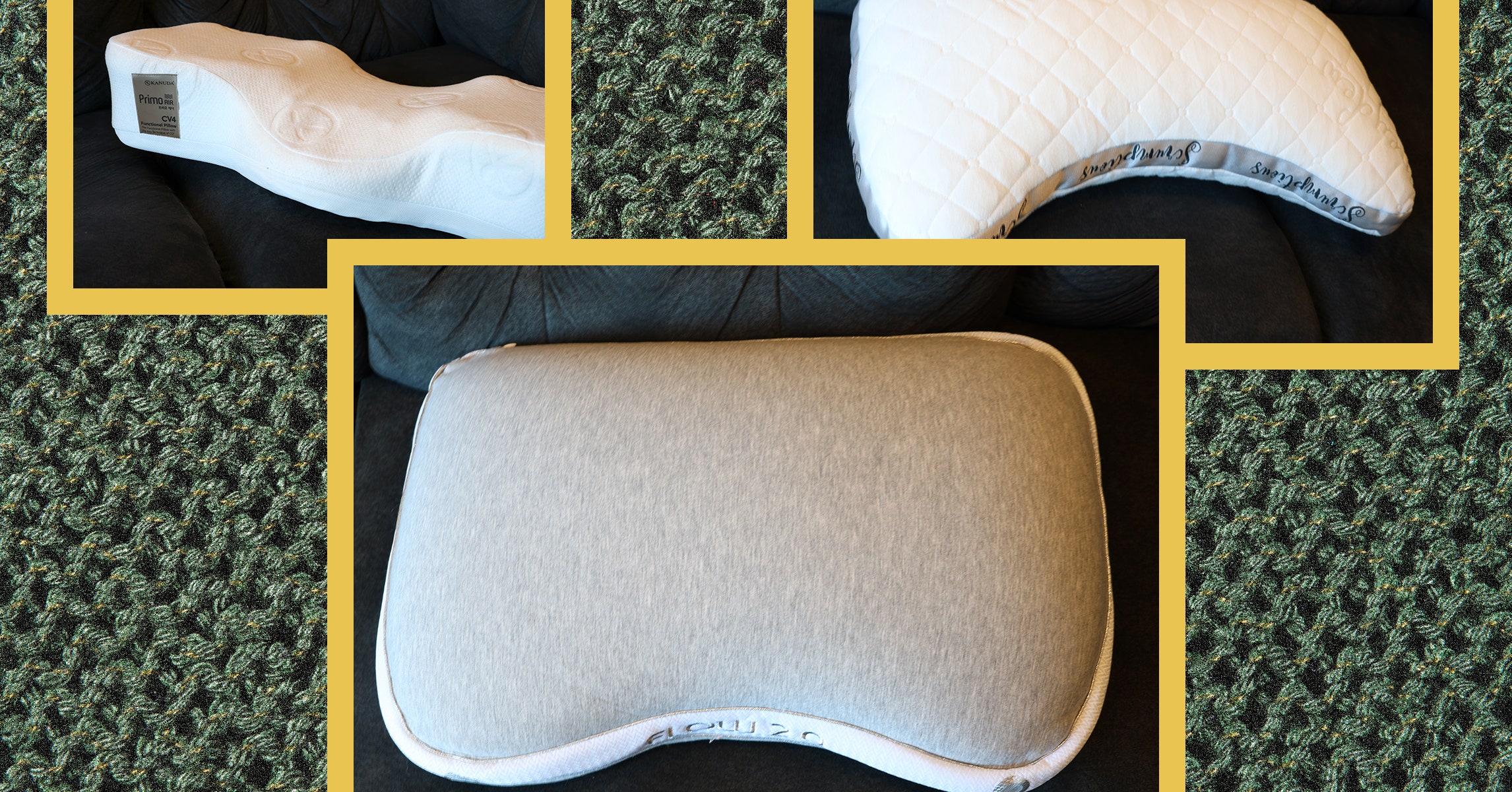Finding the best pillow for your needs can be an agonizing ordeal. Get something that’s too firm, too soft, or just not quite right for your head and you can wake up with a lot of pain the next day. Never fear, WIRED is here. We’ve tested all these recommended pillows and several more, using each one for a minimum of several weeks to get a sense of how comfortable they are, how well they hold up to repeated use, and what sleeping style they’re best suited for. These are our top picks, but there are an innumerable number of pillows out there. We’ll update this guide as we test more. All of the prices below are for the queen-size version unless otherwise specified.
If you want to get even better sleep, check out our other guides, including the Best Mattresses, Best Mattresses for Side Sleepers, Best Organic Mattresses, Best Sheets, and Best Bed Frames.
Update August 2024: We’ve added the Saatva Down Alternative Pillow, Saatva Graphite Memory Foam Pillow, and Eli & Elm Side Sleeper Pillow.
Power up with unlimited access to WIRED. Get best-in-class reporting that’s too important to ignore for just $2.50 $1 per month for 1 year. Includes unlimited digital access and exclusive subscriber-only content. Subscribe Today.
What Kind of Pillow Do You Need?
You might think a pillow is a pillow. It just has to be soft and fit under your head, right? Your head, neck, and back disagree. Getting a good night’s sleep can depend heavily on your pillow, so when choosing one, here are a few key questions to ask.
What kind of sleeper are you? Do you sleep on your back, side, or stomach? Do you stay relatively still, or do you toss and turn a lot? Do you usually have one pillow under your head, or do you cocoon yourself into a pillow chrysalis? This is probably the most important thing to keep in mind when deciding what type of pillow works best for you and we’ve noted our picks below based on sleeping style.
What is the pillow made of? Pillows can be filled with all types of materials, from feathers to foam. Down and synthetic down are fluffy clusters of fiber that can feel soft and comfortable, whereas memory foam is designed to compress with the weight of your head but still return to its previous shape. Organic latex pillows can be heavy and spongey, holding a side-sleeper’s head in place. There are also hybrid pillows that use multiple layers of different materials for a more structured feel.
How are the materials sourced? Since some materials like down feathers come from animals, you might want to be aware of how manufacturers get their fill (literally). Down filling typically comes from the belly feathers of either ducks or geese. In order to ensure that down feathers are ethically sourced—such as by avoiding cruel practices like live plucking—programs like the Responsible Down Standard set criteria that manufacturers must adhere to. Another option is to look for synthetic down alternatives, which use cotton, rayon, or polyester as a synthetic replacement. The broader Material Matters Standard is a recently-overhauled system for examining the environmental impact and sustainability of bedding manufactuerers.

